‘Hard for locals’: Japan battling brutal Australian tourism tsunami
With reports of harassed geisha, parking-spot punch-ons and tourist litter killing sacred deer, Japan’s boom is turning into a nightmare.
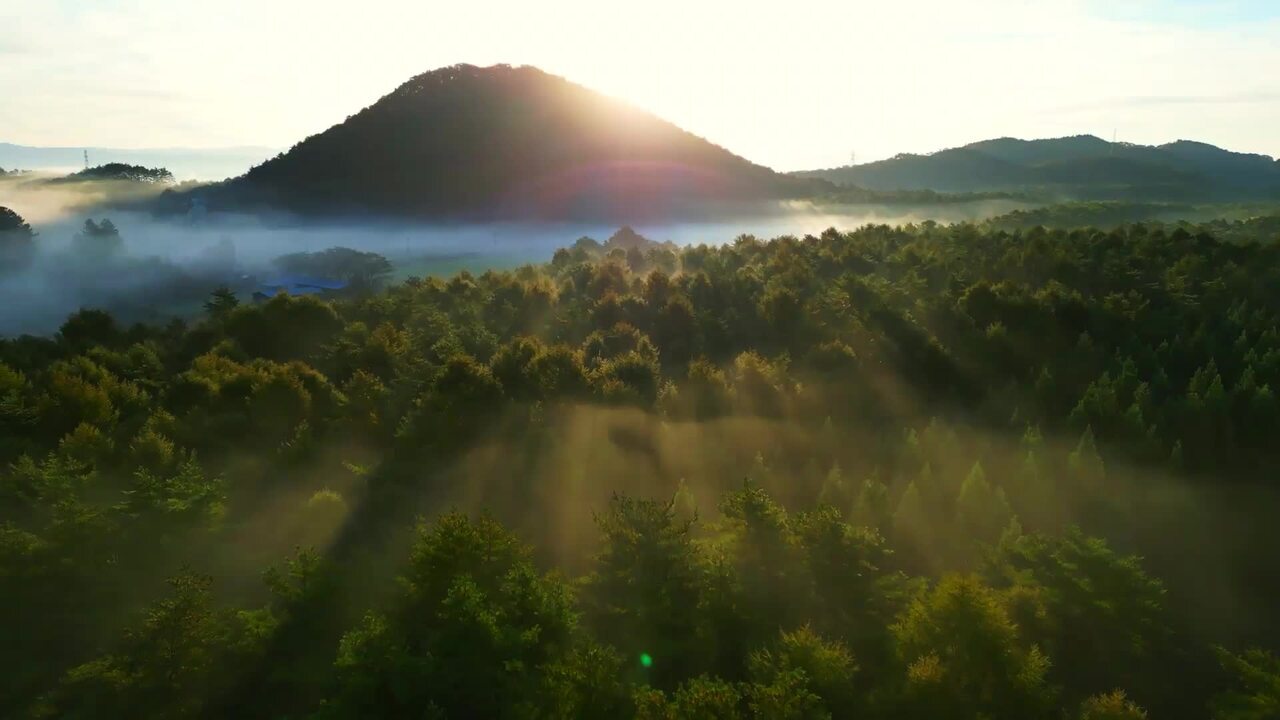
World
Don't miss out on the headlines from World. Followed categories will be added to My News.
Try a different track.
That’s essentially the advice Japan’s government had for the wave of Aussie tourists flooding into its heaving hotspots this holiday season.
Obviously, they put it more politely than that. Japan’s hospitality is, after all, heroic. And rather than knocking Aussies back altogether, authorities only tried to disperse us beyond the “Golden Triangle” of Tokyo, Kyoto and Osaka.
However, the fact they offered this advice at all is a sign of how rapidly Japan’s tourism tides are rising. And with a wild plan to pull in 60 million visitors by 2030, these tides show no sign of turning.
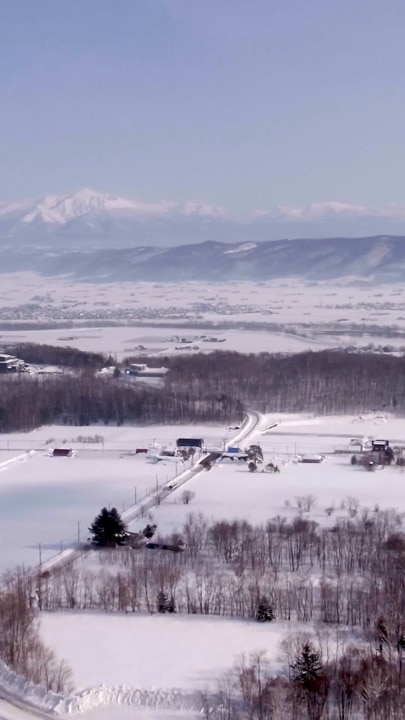
But Japan is now in the grip of an overtourism problem, previously a largely European issue. More visitors than Japan can handle are surging in, including record numbers of Aussies. And the nation is buckling under their weight.
With reports swirling of harassed geisha, parking-spot punch-ons and tourist litter killing sacred deer, it’s no wonder some locals are worried about preserving their way of life – though others view the tourism boom as Japan’s ticket to a brighter future.
Here’s how our love affair with Japan got so serious, and what comes next.
Bust to boom
What sets Japan apart from European destinations wrestling with overtourism is the speed of growth.
While tourism to Italy and Spain grew by 20 per cent between 2014 and 2019, in Japan that figure more than doubled.
It all started when former Japanese Prime Minister Junichiro Koizumi launched a 2003 drive to boost tourism numbers in the recession-prone nation. Despite its population of nearly 127 million, Japan had pulled in just 4 million tourists in 2000.
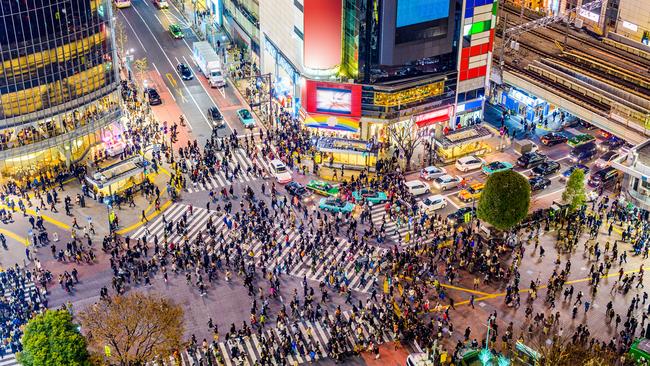
While the pandemic stunted this growth for two years, since reopening borders, things picked up with a vengeance. By November 2024, the country had clocked in 33 million overseas tourists, higher than the 31.9 million record set throughout all of 2019.
And Aussies are among the top travellers. Nearly 1 million Australians visited Japan last year. Roughly one in every 40 foreigners currently in Japan is Australian – putting us behind only the US as a Western foreign tourist source. Australian visitors also rank as one of the top markets for total length of stay in Japan.
But with most tourists sticking to the Golden Triangle, most of the country is left starved of the benefits. This concentration is partly due to social media, which pushes people to the same landmarks in search of the perfect shot.
Filled to bursting
Despite driving the campaign to lure more tourists, the Japanese government is now scrambling to manage the flow.
For the first time, they capped visitors to Mount Fuji at 4000 a day and introduced a 2000 yen ($A20) access fee between July and September. This measure followed crowds causing congestion and leaving rubbish on its iconic trails.
In the neighbouring town of Fujikawaguchiko, the council was forced to hang a large black mesh barrier in front of a viral Lawson convenience store positioned against a backdrop of stunning mountain views. The obsession with capturing a snap at this site drew zombie-like hordes of selfie-seekers who blocked roads.
Elsewhere, local authorities are seeking to control crowds with caps and restrictions on visitors. And many businesses are trialling a two-tiered pricing system designed to keep prices down for locals.
In Kyoto’s geisha district, the tension is palpable. After geisha were repeatedly chased and photographed without permission, tourists were banned from venturing into the area’s ancient alleyways.
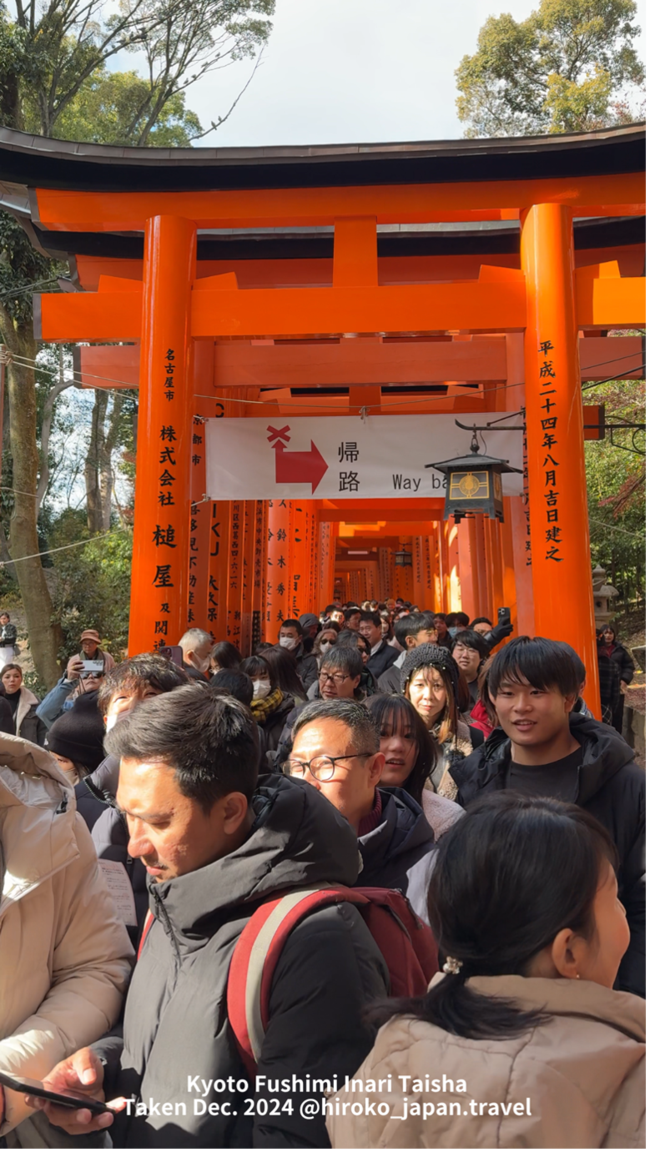
It was also recently announced Kyoto’s government will raise hotel lodging taxes to 10,000 yen (A$63) per night as a way to raise funds for infrastructure projects to accommodate the tourist boom. The new maximum rate would be the highest in the nation.
Nara-based travel content creator Hiroko Furukawa said daily life in Japan is changing in a big way.
“Often I can no longer board the bus because it’s full,” she said.
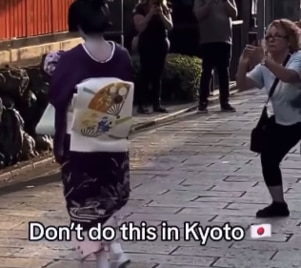
“The price of hotels around popular tourist spots is rising rapidly, and some department stores have to limit their intake, making it hard for locals to access what they need.
“Graffiti and littering at temples and shrines is also on the rise. In Nara, some tourists are feeding the wild deer, which makes them sick.”
However, she too believes the good outweighs the bad. To combat this, she started creating content to showcase Japan’s hidden gems.
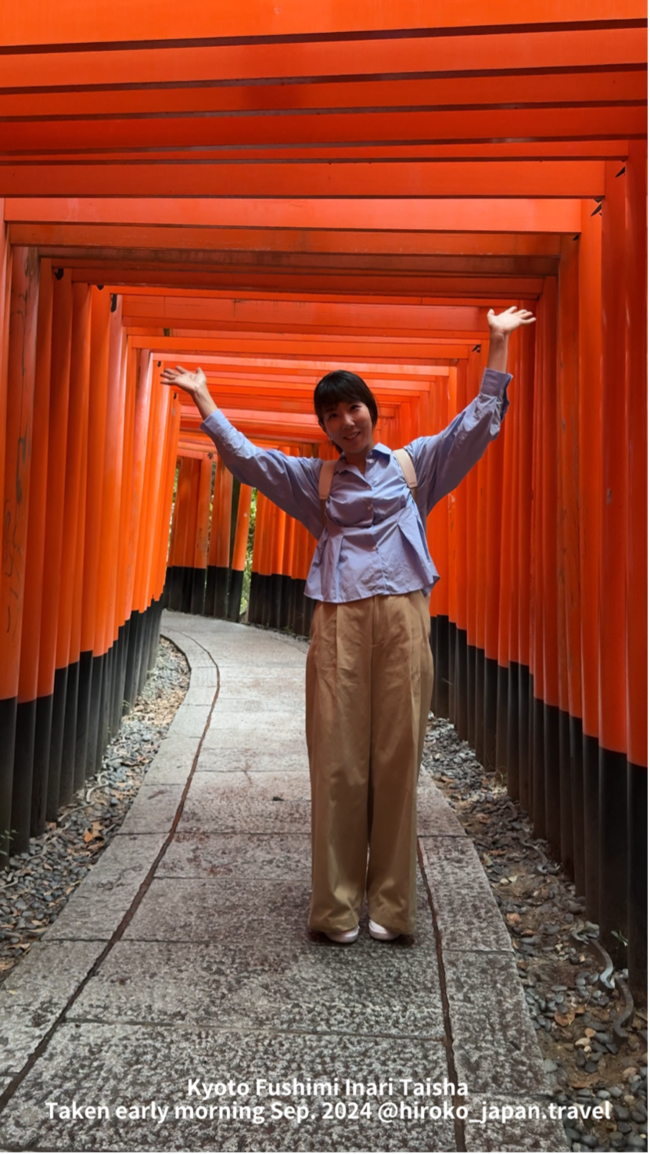
“The boom is now shining a light on Japan’s lesser-known attractions, which is a good thing overall,” she said.
“There are still many good tourist spots in Japan.
“We should promote them and disperse tourists.”
Tour guide and sustainable tourism consultant Tony Xia Chuan also told news.com.au the tourism boom is just what Japan needs.
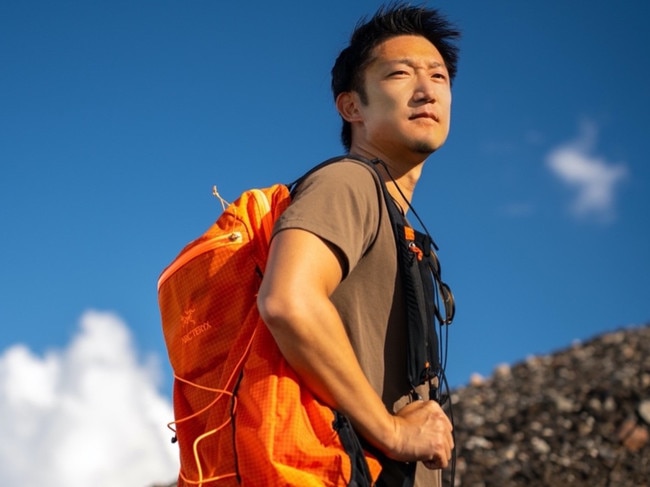
“Without tourism, much of regional Japan would be lost to our ageing population,” he said.
Mr Xia Chuan, who works with Japanese governments to promote sustainable tourism through his company Yama Trips, said he recently visited an Australian friend living in Myoko Kogen. He said an influx of foreigners, including many Australians, has revived this snow resort.
“Unlike much of rural Japan, Myoko is thriving. These young workers breathe new energy into the community,” he explained.
“From my perspective, the tourism boom isn’t just positive — it’s essential. And the only path to sustaining rural Japan.”
He believes Japan’s advice for Aussies is a step in the right direction for the future. But it’s important to understand what’s been drawing us there in the first place.
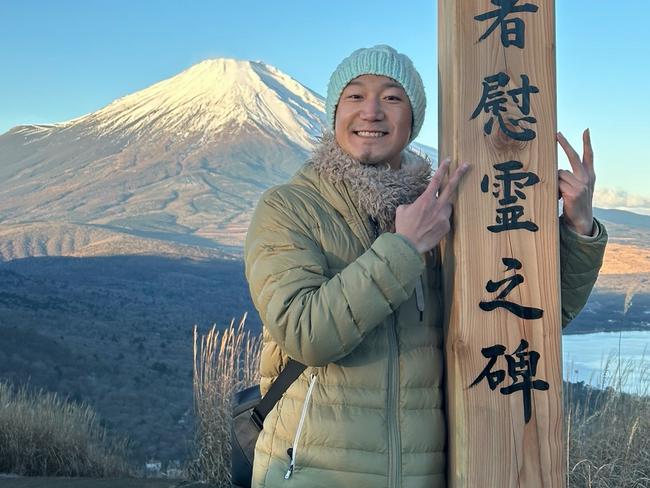
Bang for buck
The real reason is value.
Back in the 1990s, Japan carried a reputation for being expensive. But since then, it’s had roughly zero inflation against Australia’s more than 100 per cent. Now almost everything in Japan seems affordable compared to home.
This means more Aussies can afford to go there than ever before, and live like kings without breaking the bank. It’s one thing Australians agree on: There’s never been a better time to go to Japan.
With its rapidly shrinking population and economic downturn, this tourism boom is key to driving growth. Tourism has risen to one of Japan’s top exports, shooting above electronics and steel.
But the boom is also testing the patience of locals forced to wrestle with congestion, litter and bad behaviour, especially around sacred and fragile sites.
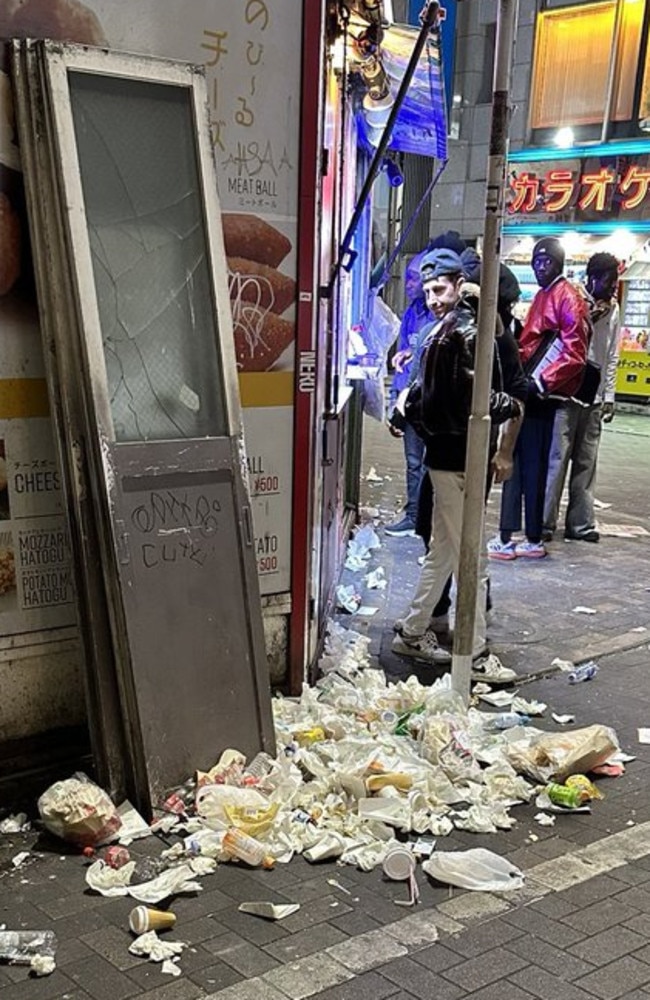
A brighter future
One Sydney blogger is leading a healthier way forward for tourists in Japan.
Alyse the Invisible Tourist, who asked not to use her surname as part of her philosophy, is the author of the overtourism solution book How to Not Look Like a Tourist. Alyse, who visits Japan regularly, has key advice for those looking to blend in.
“My advice is to research the culture and find locations off the beaten path,” she said.
“I started my website to share lesser-known spots in Japan and reduce our tourist footprints, as well as tips for local etiquette, language basics, cultural experiences and offbeat itineraries.”
Alyse said there are many unwritten rules Aussie aren’t aware of (or choose to ignore), such as not eating on the Metro or speaking loudly in public.
“Japanese etiquette can be quite different to what we are used to at home,” she explained.
By ignoring these, we give all tourists a bad rap.
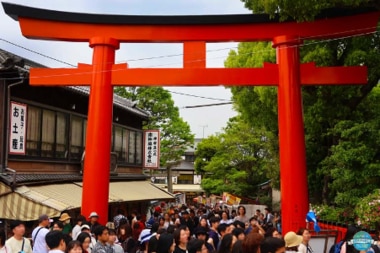
“Seeing all foreigners as problematic hurts those that make the effort to learn Japan’s language and culture. Tourists can fly home after their trip, but foreign residents cop the consequences,” she continued.
“By doing your homework, you can help preserve Japan’s unique culture identity rather than dilute it.”
She said research can help us find the things that really interest us, rather than what’s trending. And it’s not hard to beat the crowds.
“Finding crowds in Japan can be just as easy as avoiding them.”
It seems the Japanese government was right. To keep enjoying the charm of Japan, it’s time for Aussie tourists to try a different track.
Nelson Groom is a freelance writer. His Tokyo thriller The Auction is coming soon. Learn more on Nelson’s Instagram. Got a travel tale to share? Email Nelson here.
Originally published as ‘Hard for locals’: Japan battling brutal Australian tourism tsunami




